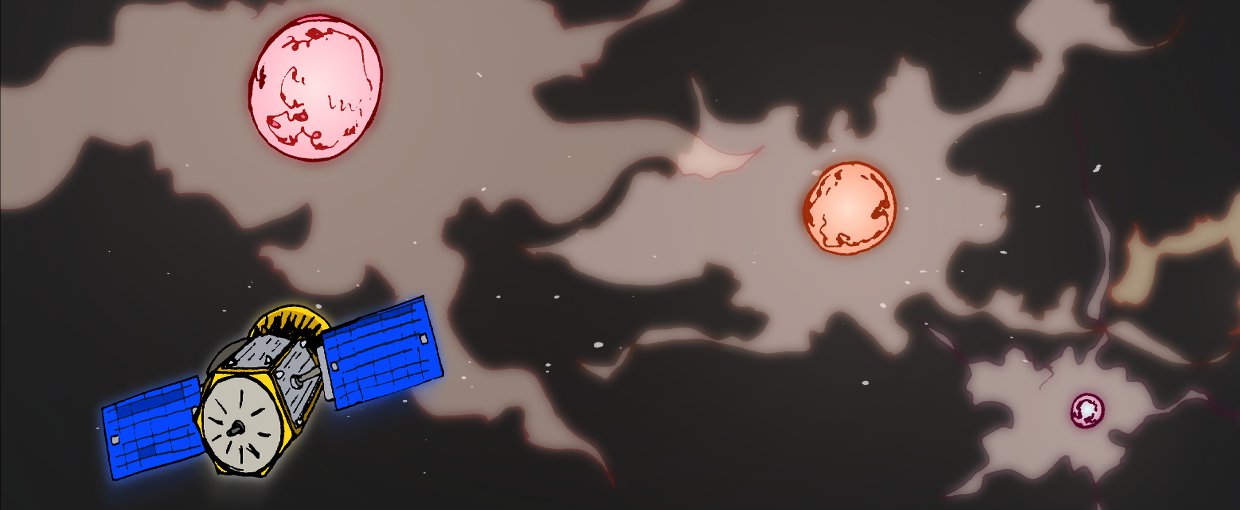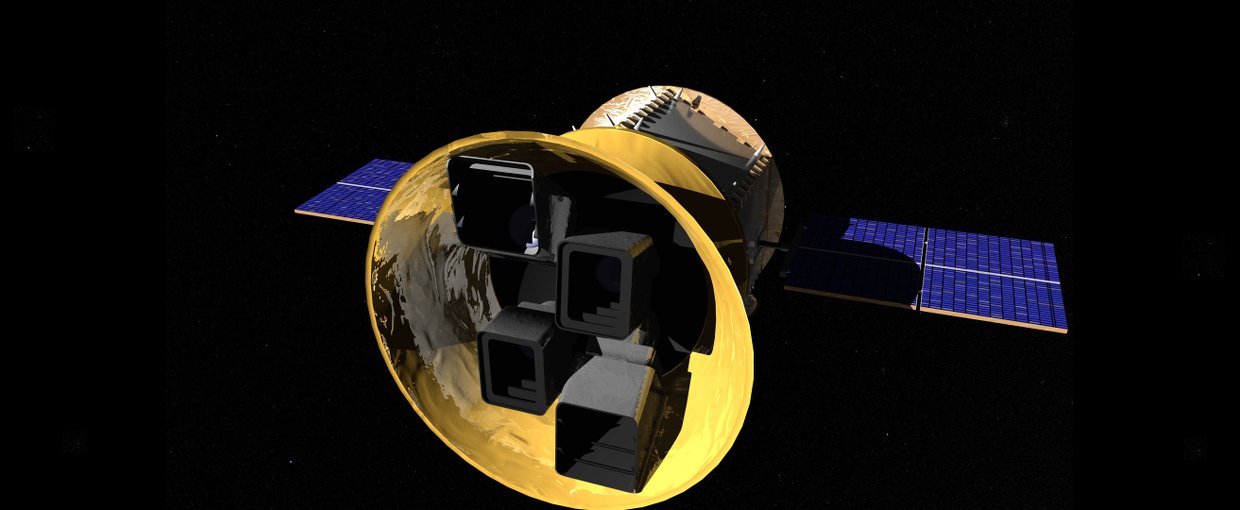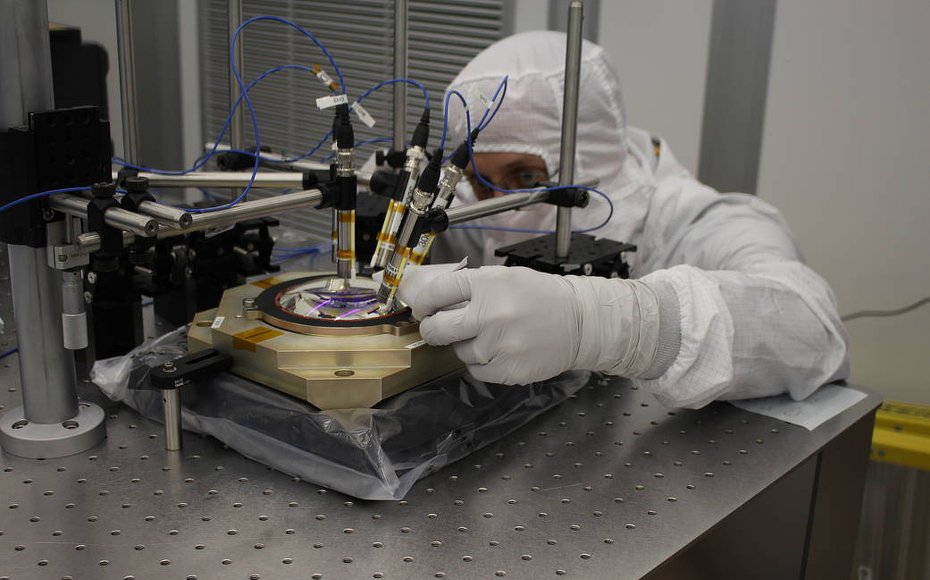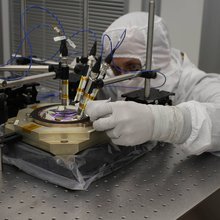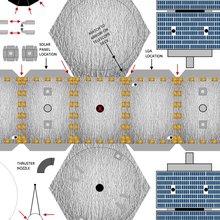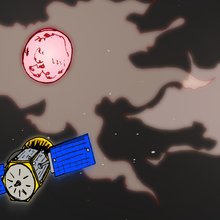- Launch Date April 18, 2018
- Mission TypeSpace Telescope
- TargetExtrasolar Planets
Mission Overview
The Transiting Exoplanet Survey Satellite (TESS) is an Explorer-class planet finder. In the first-ever spaceborne all-sky transit survey, TESS will identify planets ranging from Earth-sized to gas giants, orbiting a wide range of stellar types and orbital distances.
TESS’s primary mission was a two-year-long survey that imaged about 75% of the starry sky. On July 4, 2020, TESS entered its extended mission which will be completed in September 2022.
Relevance to Astrobiology
The principal goal of the TESS mission is to detect small planets with bright host stars in the solar neighborhood, so that detailed characterizations of the planets and their atmospheres can be performed. Characterising the atmospheres of small planets is a key step in determining the potential habitability of extrasolar worlds that orbit distant stars.
NASA Astrobiology Involvement
Researchers supported by the NASA Astrobiology program are involved in numerous aspects of the TESS mission. Data from TESS will be used to study the formation and evolution of habitable worlds, and will be invaluable in understanding processes that have shaped habitability in our own Solar System. Numerous research teams supported by NASA Astrobiology are involved in developing technology and techniques for characterizing the atmospheres of extrasolar planets.
The Astrobiologists
Drake Deming, PI for NExSS, is a member of the TESS Science Team.
The Virtual Planetary Laboratory (VPL) at at University of Washington: VPL research relevant to TESS includes determining the limits of the habitable zone, the diversity of terrestrial planets, and the detectability of habitability markers and atmospheric, surface and temporal biosignatures, as well as work designed to improve target selection of potentially habitable planets for detailed spectroscopic follow-up. VPL’s new state-of-the-art transit transmission modeling is specifically designed to be relevant for future TESS exoplanet observations.
Additional Information:
On July 4, NASA’s Transiting Exoplanet Survey Satellite (TESS) completed its primary mission, a two-year-long survey that imaged about 75% of the starry sky. In capturing this giant mosaic, TESS has found 66 new exoplanets, or worlds beyond our solar system, as well as nearly 2,100 candidates astronomers are working to confirm. Credit: NASA



